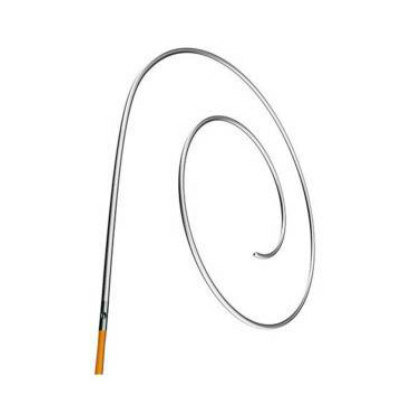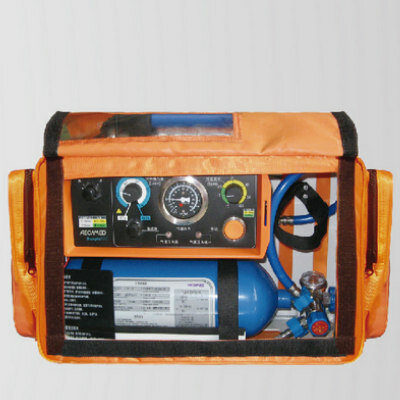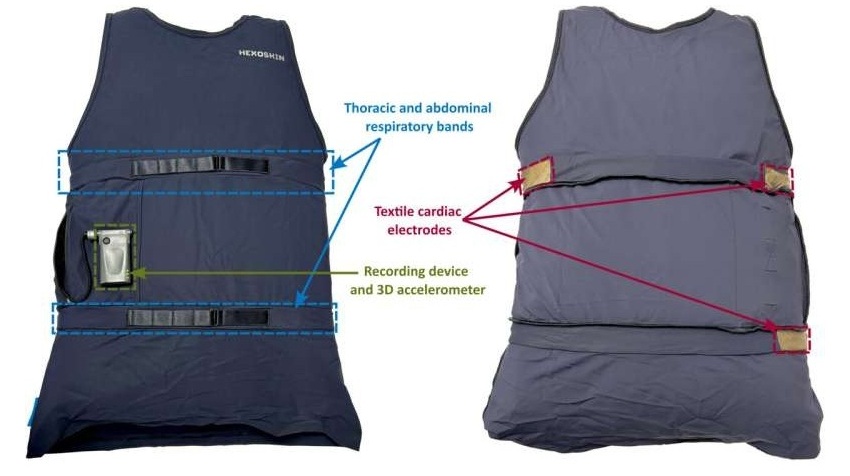Human Torso Simulator Helps Design Brace Innovations
|
By HospiMedica International staff writers Posted on 14 Aug 2019 |
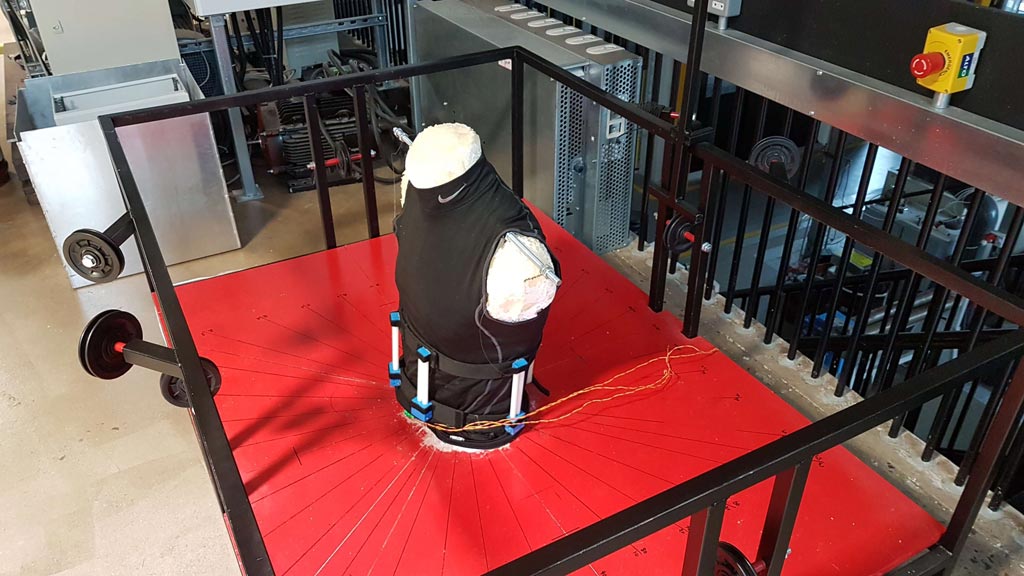
Image: A mechanical torso aids back brace design (Photo courtesy of Lancaster University).
A simulator that mimics the mechanical behavior of the human torso allows researchers to test different back brace designs and configurations without needing to test them on people.
Developed at Lancaster University (United Kingdom), the simulator is composed of a male torso-shaped mechanical test rig and a three-dimensionally (3D) printed spine and rib cage, which was created using modified computer aided design (CAD) models derived from CT scans of a human spine. The test rig allows for different spine configurations and deformities, such as scoliosis, to be modeled and tested with different back braces, all without causing discomfort to human testers, thus removing significant logistical and ethical issues.
With geometries that resemble human tissues, and with the aid of computer simulation physiological models, researchers can collect important data on the reduction of flexion, extension, lateral bending, and torsion for each back brace design examined. The researchers have already tested the rig with two novel back brace designs, one an existing medical back brace and the other a weightlifting belt. The study describing the development and testing process was published on July 30, 2019, in Computer Methods in Biomechanics and Biomedical Engineering.
“Back braces have been used as both medical and retail products for decades, however existing designs can often be found to be heavy, overly rigid, indiscrete, and uncomfortable,” said senior author engineer David Cheneler, PhD. “Our simulator enables new back braces to be developed that are optimized to constrain particular motions but allowing for other movements. It could also help with the design of braces and supports with targeted restriction of movement, which would be beneficial to some conditions and helping to reduce the risk of muscle-loss.”
Back braces are designed to limit spine motion in cases of fracture or in post-operative fusions, as well as a preventative measure against some progressive conditions. The two most common back braces include rigid braces that restrict motion by as much as 50%; and soft, elastic braces that limit forward motion of the spine and support it during occasions of stress (such as lifting of heavy loads) or post-operatively to assist in setting spinal fusions.
Related Links:
Lancaster University
Developed at Lancaster University (United Kingdom), the simulator is composed of a male torso-shaped mechanical test rig and a three-dimensionally (3D) printed spine and rib cage, which was created using modified computer aided design (CAD) models derived from CT scans of a human spine. The test rig allows for different spine configurations and deformities, such as scoliosis, to be modeled and tested with different back braces, all without causing discomfort to human testers, thus removing significant logistical and ethical issues.
With geometries that resemble human tissues, and with the aid of computer simulation physiological models, researchers can collect important data on the reduction of flexion, extension, lateral bending, and torsion for each back brace design examined. The researchers have already tested the rig with two novel back brace designs, one an existing medical back brace and the other a weightlifting belt. The study describing the development and testing process was published on July 30, 2019, in Computer Methods in Biomechanics and Biomedical Engineering.
“Back braces have been used as both medical and retail products for decades, however existing designs can often be found to be heavy, overly rigid, indiscrete, and uncomfortable,” said senior author engineer David Cheneler, PhD. “Our simulator enables new back braces to be developed that are optimized to constrain particular motions but allowing for other movements. It could also help with the design of braces and supports with targeted restriction of movement, which would be beneficial to some conditions and helping to reduce the risk of muscle-loss.”
Back braces are designed to limit spine motion in cases of fracture or in post-operative fusions, as well as a preventative measure against some progressive conditions. The two most common back braces include rigid braces that restrict motion by as much as 50%; and soft, elastic braces that limit forward motion of the spine and support it during occasions of stress (such as lifting of heavy loads) or post-operatively to assist in setting spinal fusions.
Related Links:
Lancaster University
Channels
Critical Care
view channel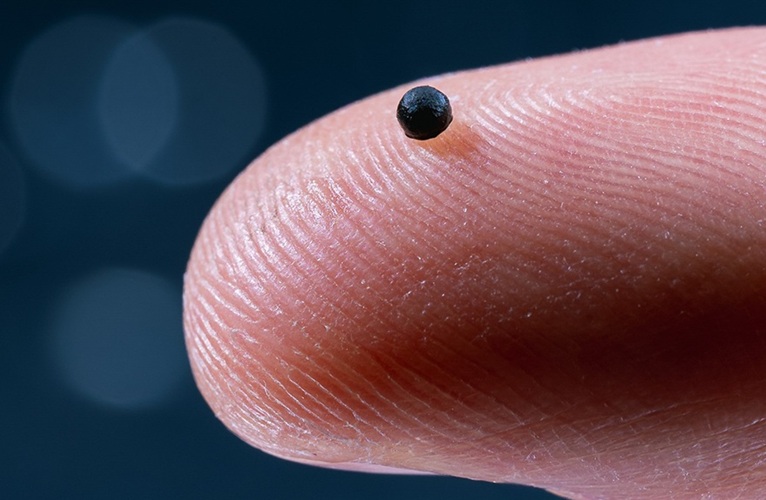
Magnetically Guided Microrobots to Enable Targeted Drug Delivery
Stroke affects 12 million people globally each year, often causing death or lasting disability. Current treatment relies on systemic administration of clot-dissolving drugs, which circulate throughout... Read more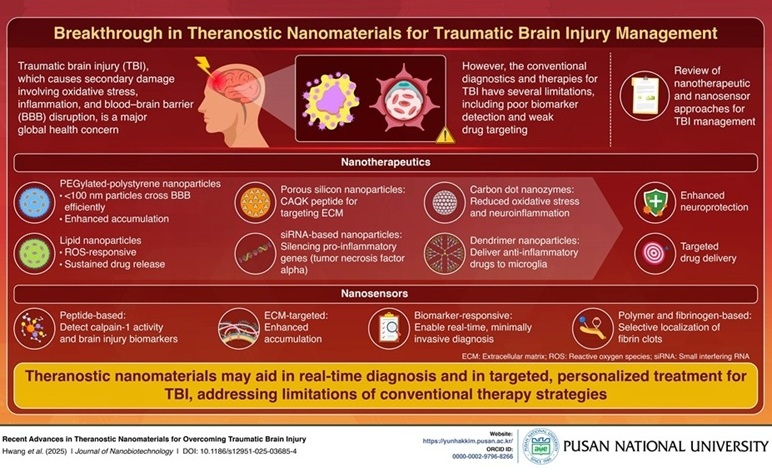
Smart Nanomaterials Detect and Treat Traumatic Brain Injuries Simultaneously
Traumatic brain injury (TBI) continues to leave millions with long-term disabilities every year. After a sudden impact from a fall, collision, or accident, the brain undergoes inflammation, oxidative stress,... Read more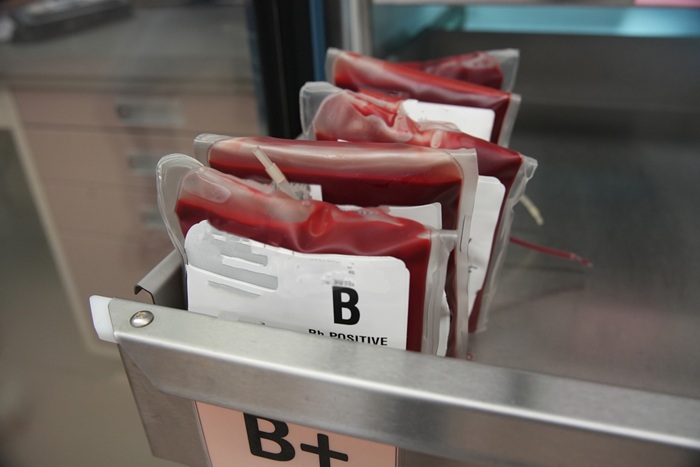
Earlier Blood Transfusion Could Reduce Heart Failure and Arrhythmia in Heart Disease Patients
Blood loss during or after surgery can place significant stress on people with heart disease, increasing the risk of dangerous complications. Transfusions are often delayed until hemoglobin levels fall... Read moreSurgical Techniques
view channel
New Study Findings Could Halve Number of Stent Procedures
When a coronary artery becomes acutely blocked during a heart attack, opening it immediately is essential to prevent irreversible damage. However, many patients also have other narrowed vessels that appear... Read more
Breakthrough Surgical Device Redefines Hip Arthroscopy
Hip arthroscopy has surged in popularity, yet surgeons still face major mechanical constraints when navigating deep joint spaces through traditional cannulas. Limited tool mobility and the need for an... Read morePatient Care
view channel
Revolutionary Automatic IV-Line Flushing Device to Enhance Infusion Care
More than 80% of in-hospital patients receive intravenous (IV) therapy. Every dose of IV medicine delivered in a small volume (<250 mL) infusion bag should be followed by subsequent flushing to ensure... Read more
VR Training Tool Combats Contamination of Portable Medical Equipment
Healthcare-associated infections (HAIs) impact one in every 31 patients, cause nearly 100,000 deaths each year, and cost USD 28.4 billion in direct medical expenses. Notably, up to 75% of these infections... Read more
Portable Biosensor Platform to Reduce Hospital-Acquired Infections
Approximately 4 million patients in the European Union acquire healthcare-associated infections (HAIs) or nosocomial infections each year, with around 37,000 deaths directly resulting from these infections,... Read moreFirst-Of-Its-Kind Portable Germicidal Light Technology Disinfects High-Touch Clinical Surfaces in Seconds
Reducing healthcare-acquired infections (HAIs) remains a pressing issue within global healthcare systems. In the United States alone, 1.7 million patients contract HAIs annually, leading to approximately... Read moreBusiness
view channel
Philips and Masimo Partner to Advance Patient Monitoring Measurement Technologies
Royal Philips (Amsterdam, Netherlands) and Masimo (Irvine, California, USA) have renewed their multi-year strategic collaboration, combining Philips’ expertise in patient monitoring with Masimo’s noninvasive... Read more
B. Braun Acquires Digital Microsurgery Company True Digital Surgery
The high-end microsurgery market in neurosurgery, spine, and ENT is undergoing a significant transformation. Traditional analog microscopes are giving way to digital exoscopes, which provide improved visualization,... Read more
CMEF 2025 to Promote Holistic and High-Quality Development of Medical and Health Industry
The 92nd China International Medical Equipment Fair (CMEF 2025) Autumn Exhibition is scheduled to be held from September 26 to 29 at the China Import and Export Fair Complex (Canton Fair Complex) in Guangzhou.... Read more







